Spotbreast Angelfish
$99.99
Select Variant
<span class="wordai-block rewrite-block enable-highlight" data-id="11">The Spotbreast Angelfish has a long, flared tail and is sometimes called the Blackspot Lyretail Angelfish or the Blackspot Lyretail Angelfish. The Spotbreast Angelfish is one of few angelfish that exhibits dramatic sexual dimorphism.
The female is yellow ventrally and dorsally. ata-id="8">The caudal fin, which is marine blue highlighted, has a dark blue-black edge on the top and bottom. The entire body of the male is marked by a series of vertical red stripes. The male's tail is yellow and has blue edges.
An environment that allows the fish to flourish is a minimum of 125 gallon tanks or more. The Blackspot Angelfish is a rare exception among angelfish. It is a good reef dweller and will be able to live on reefs and not attack soft and stony corals (sessile invertebrates). The Blackspot Angelfish is more peaceful than most angelfish and can be kept in a mated couple or school. The only zooplanktivores of angelfish are fish from the genus Genicanthus.
Spotbreast Angelfish's varied diet should consist of Spirulina, high-quality angelfish preparations, finely shaved mysis, and frozen shrimp.
Estimated Purchase Size: Small: 1" to 2"; Small/Medium: 2" to 3"; Medium: 3" to 4"; Medium/Large: 4" to 5"; Large: 5"
- Description
- Additional Information
- Reviews
Spotbreast Angelfish Overview
The Spotbreast Angelfish, also known as the Blackspot Angelfish or Blackspot Lyretail Angelfish, displays striking sexual dimorphism. Females are yellow dorsally and light blue ventrally, with marine-blue caudal fins highlighted by a dark blue-black edge. Males, on the other hand, have pale bodies with vertical red stripes and a forked tail that is bright blue and yellow. This angelfish thrives in a large tank (at least 125 gallons) with plenty of hiding spots and live rock for grazing. Unlike most angelfish, the Spotbreast Angelfish is an excellent reef dweller and will not nip at soft or stony corals. It is also more peaceful and can be kept as a pair or in schools. Unique among angelfish, those from the genus Genicanthus are zooplanktivores.Spotbreast Diet
- Diet Type: Omnivore
- Preferred Foods: Diatoms and filamentous algae
- Feeding Tips: Provide a diverse diet including marine algae-based foods, fresh shrimp, frozen silversides, frozen brine, mysis shrimp, angelfish preparations, nori, and specially enriched flakes or pellets containing Spirulina.
Origin and Habitat of Spotbreast Angelfish
- Geographic Range: Found in the Indo-Malayan region, southwestern Pacific Ocean, from the Ryukyu Islands to New Caledonia and Fiji.
- Habitat: Prefers coral and rocky areas in tropical waters.
Housing Needs for Spotbreast
- Tank Size: A minimum of 125 gallons is recommended.
- Reef Compatibility: Suitable for reef aquariums; does not nip at stony or soft corals.
- Tank Setup: Provide ample live rock for grazing and plenty of hiding places.
Spotbreast Size and Appearance
- Juvenile Size: Small: 1" to 2"
- Adult Size: Varies, but typically remains smaller in captivity than in the wild.
- Inquire with us for additional sizing available! In-store WYSIWYG, but online we can accommodate if you wanted a different size! Call or email us.
LINKS to follow:
size
Large, Medium, Small
Units
1
Weight
6 lbs
Dimensions
1 × 1 × 1 in

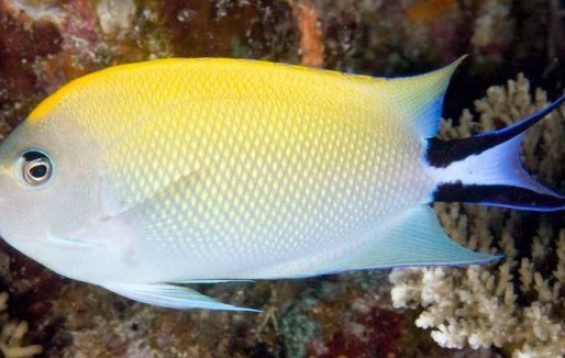
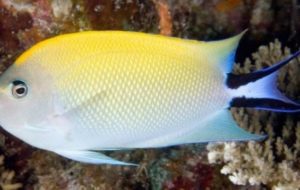
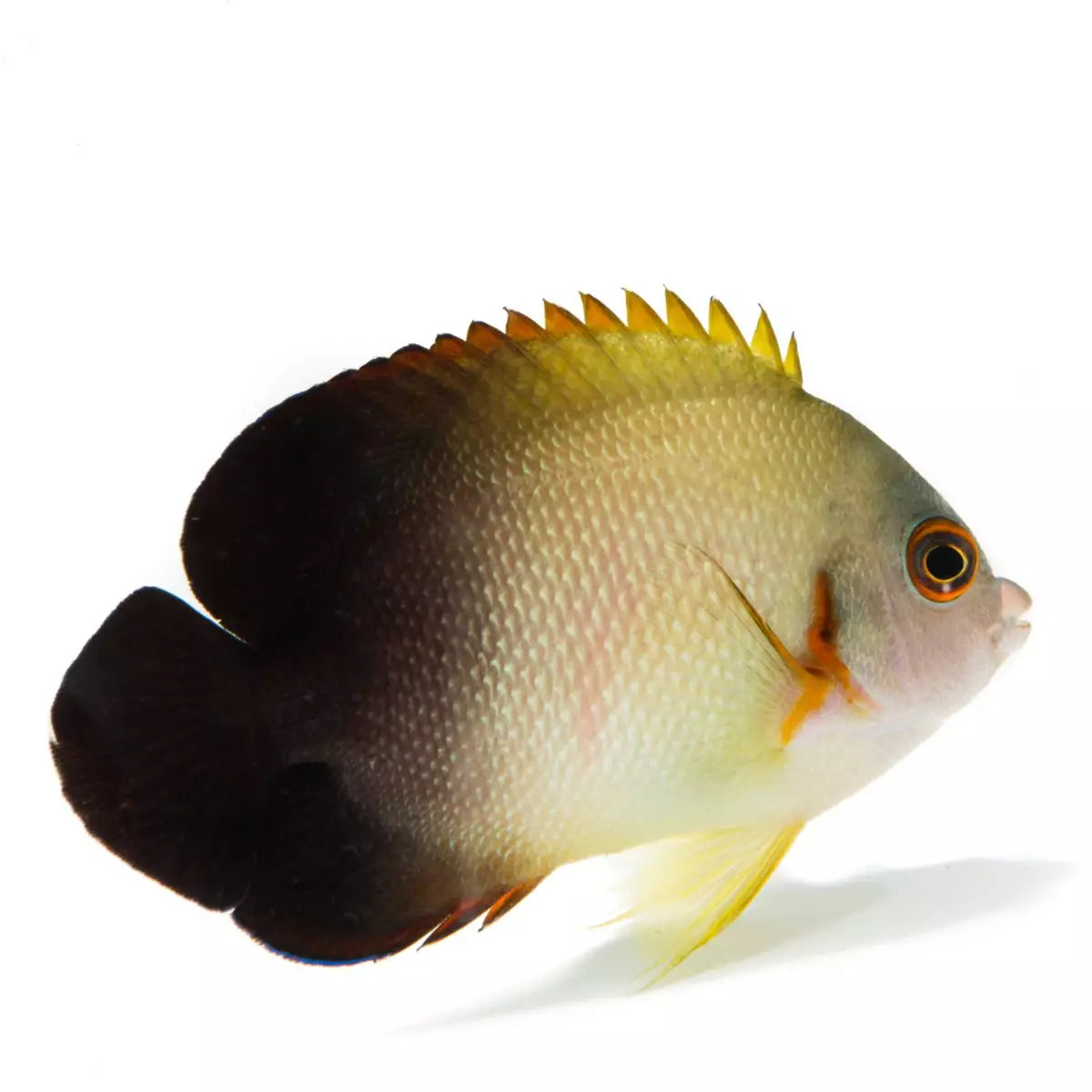
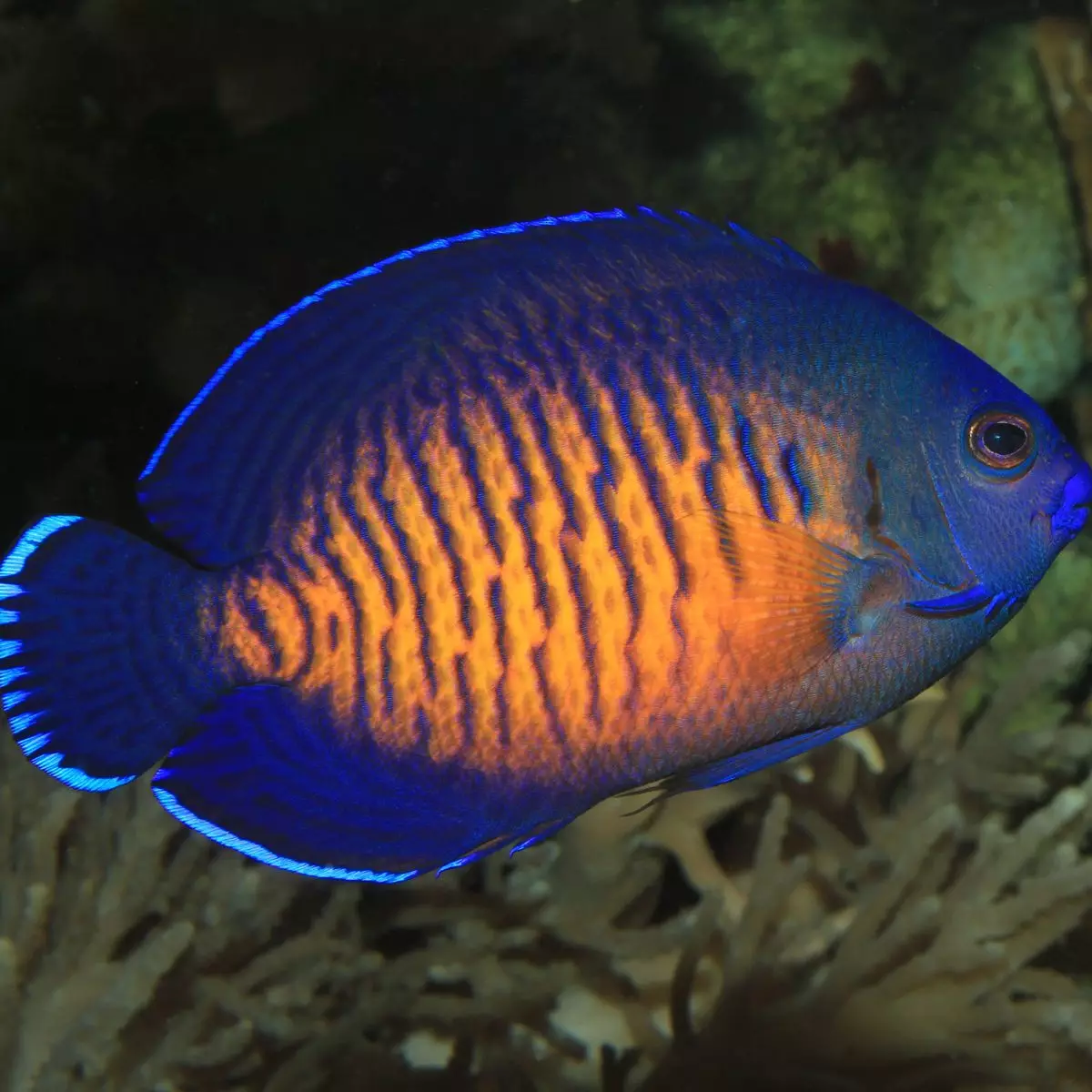
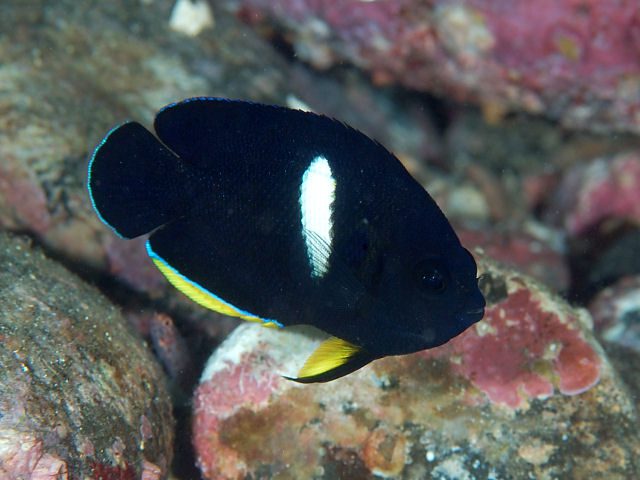
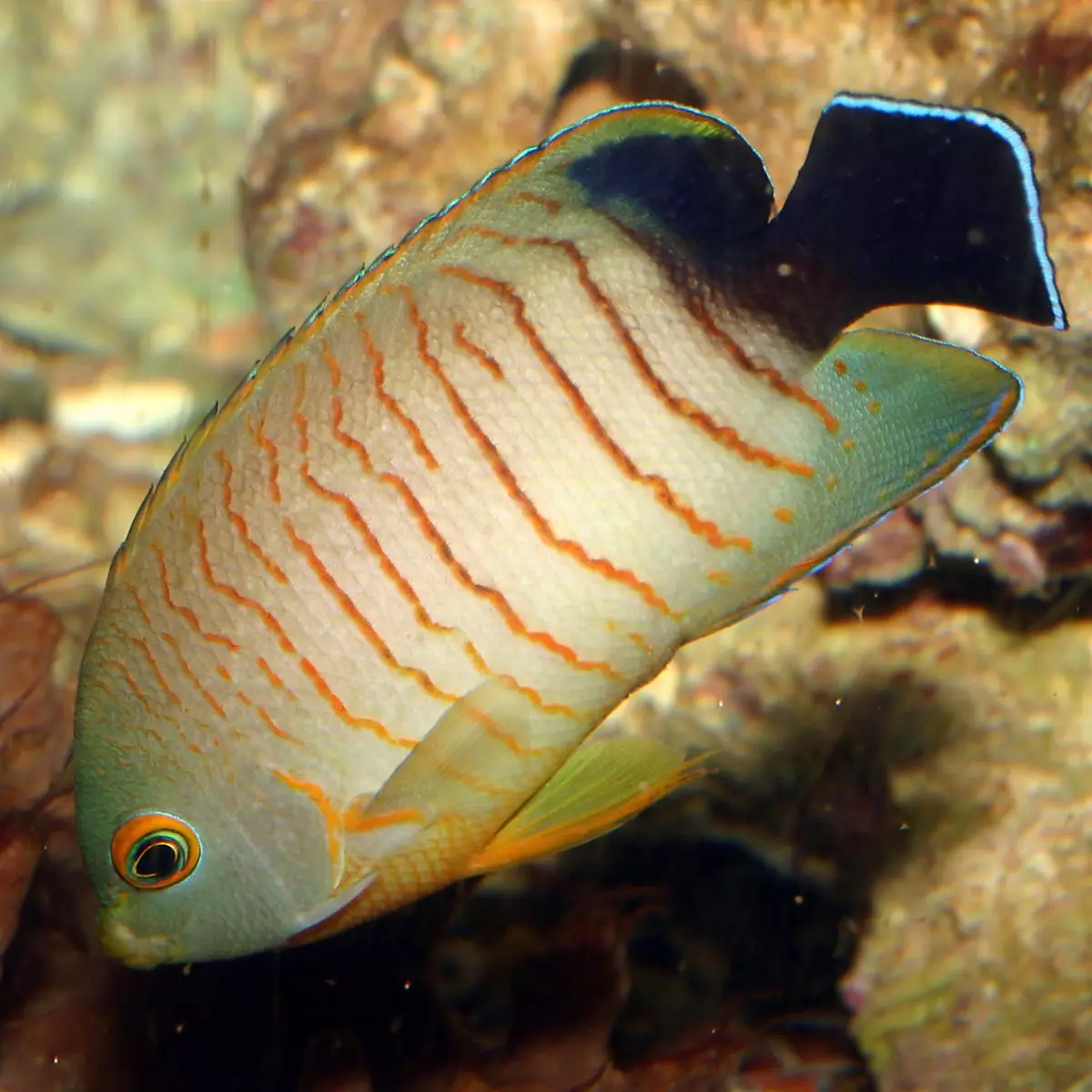
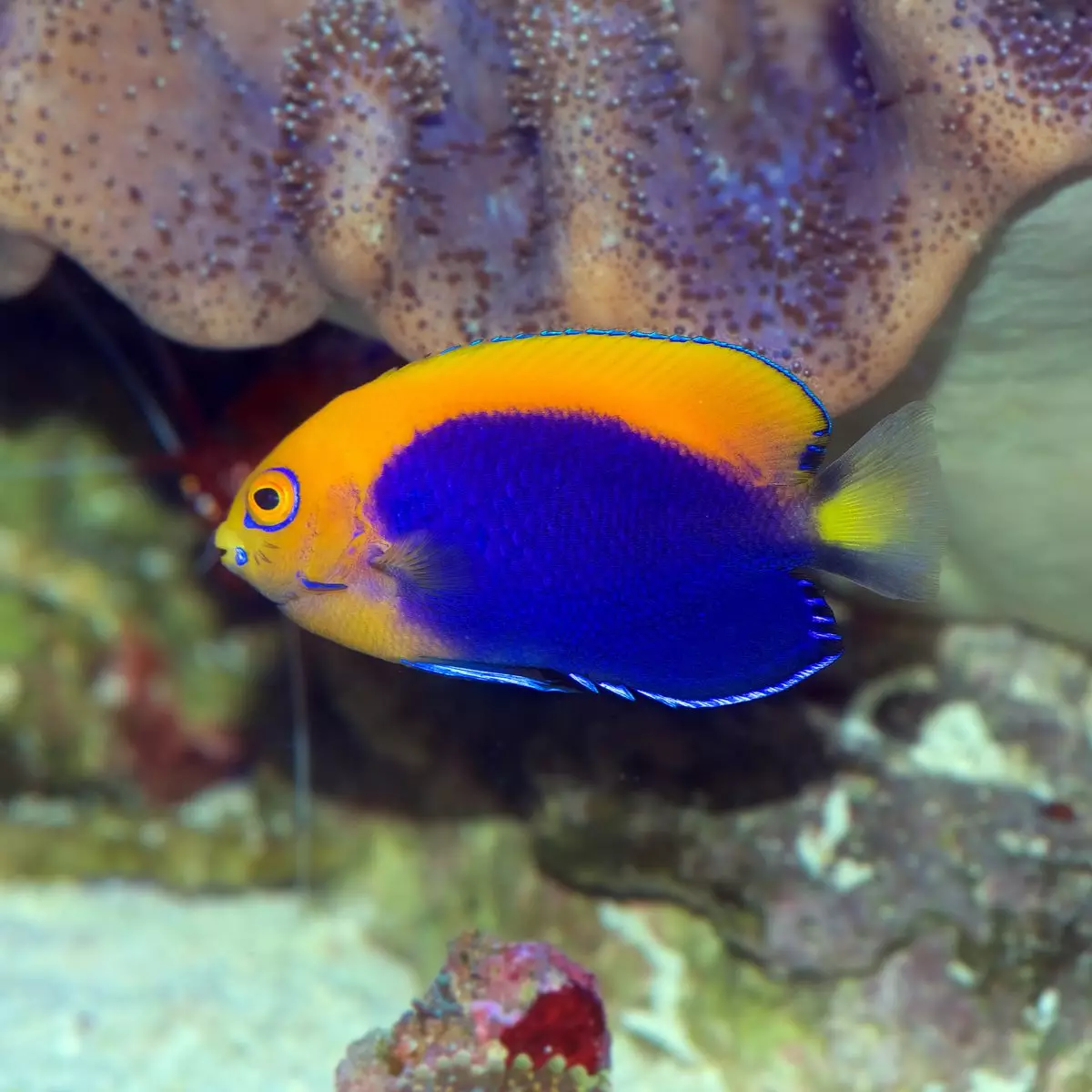
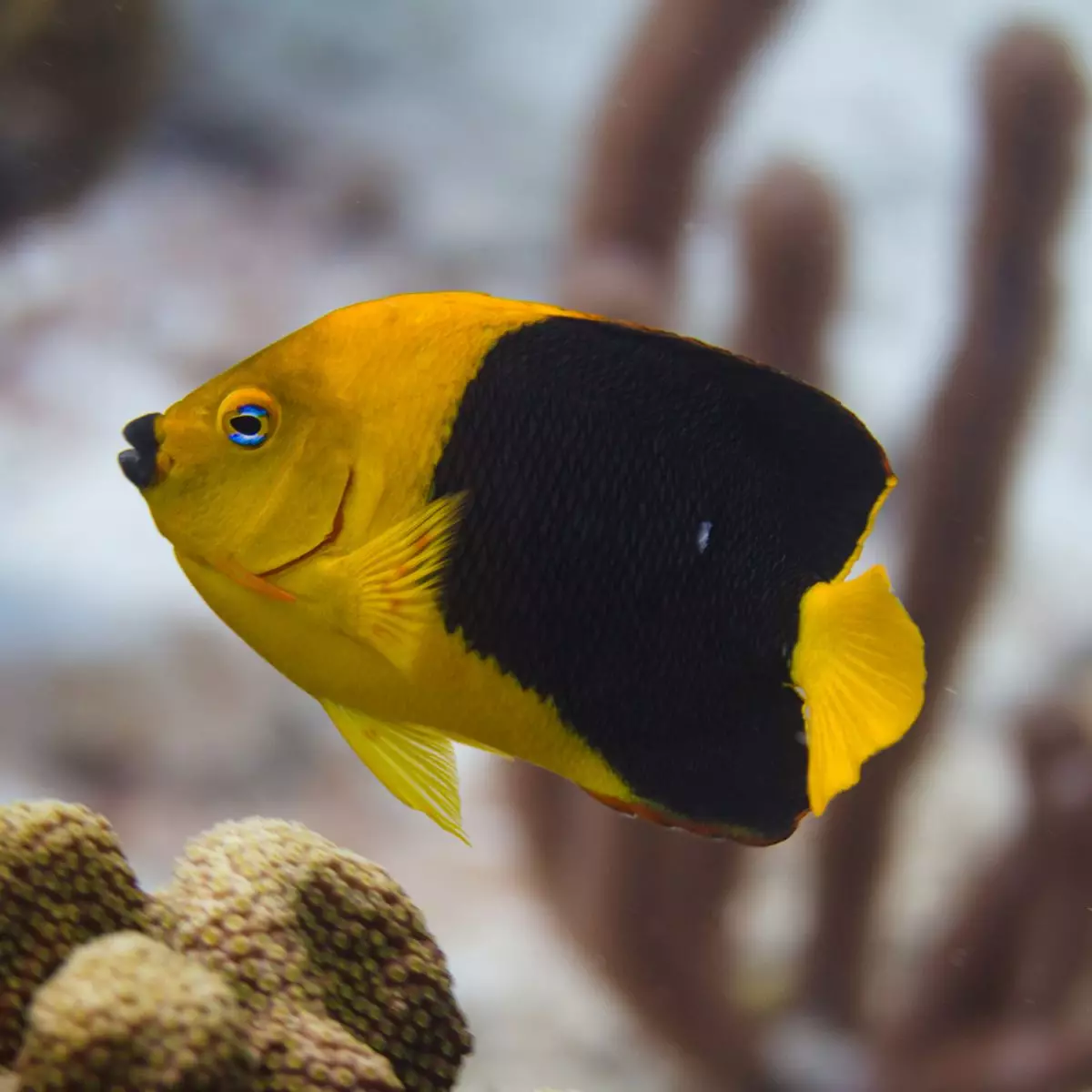
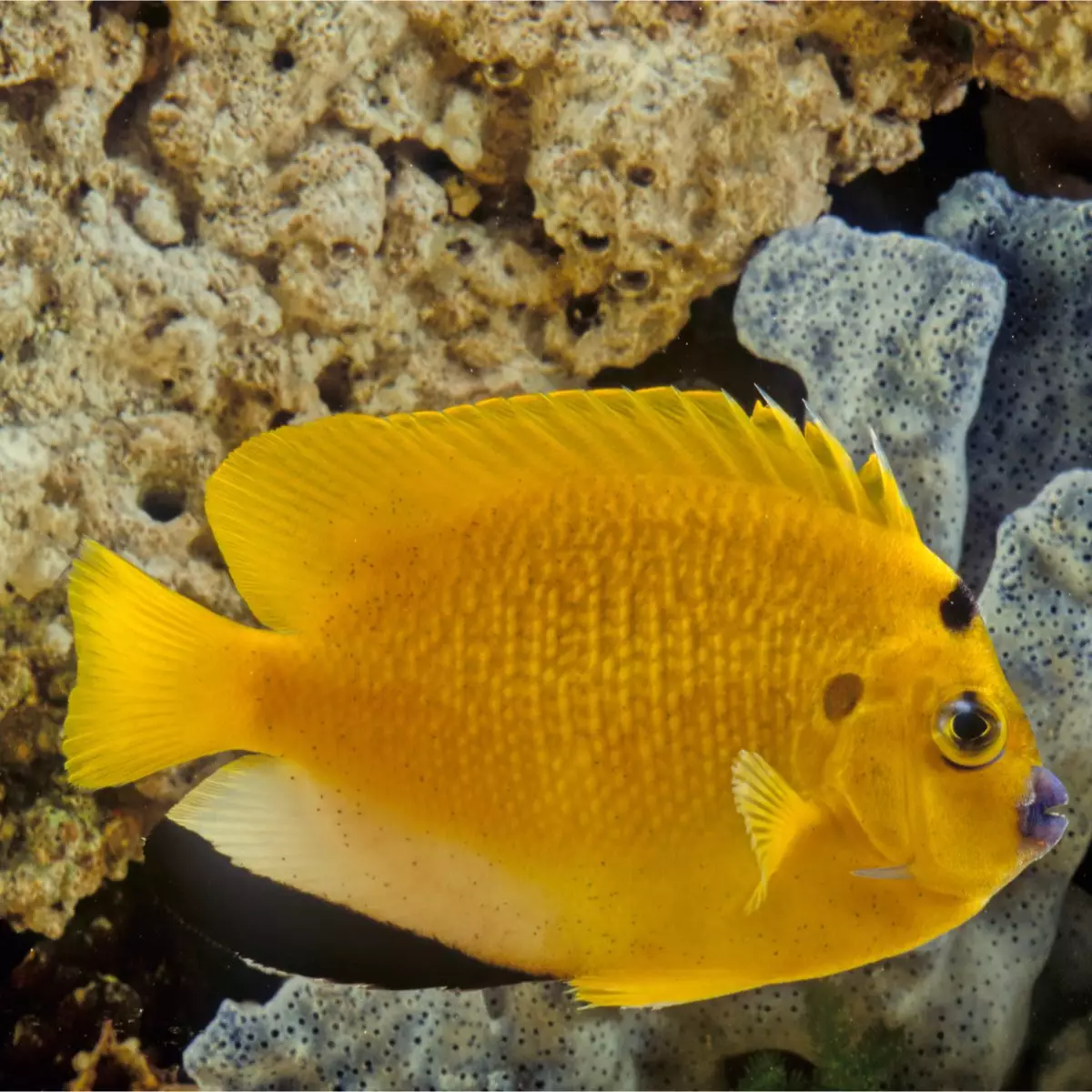
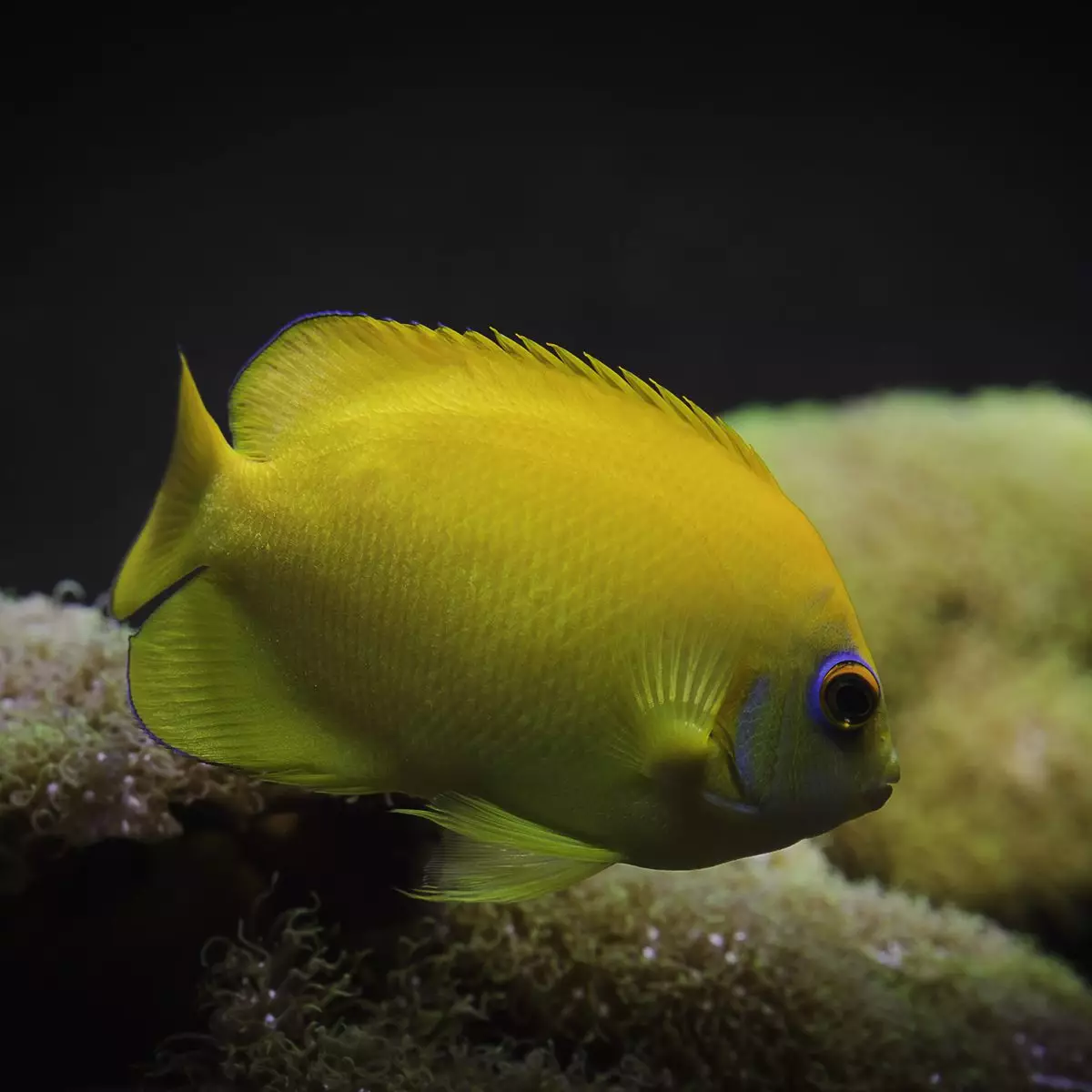


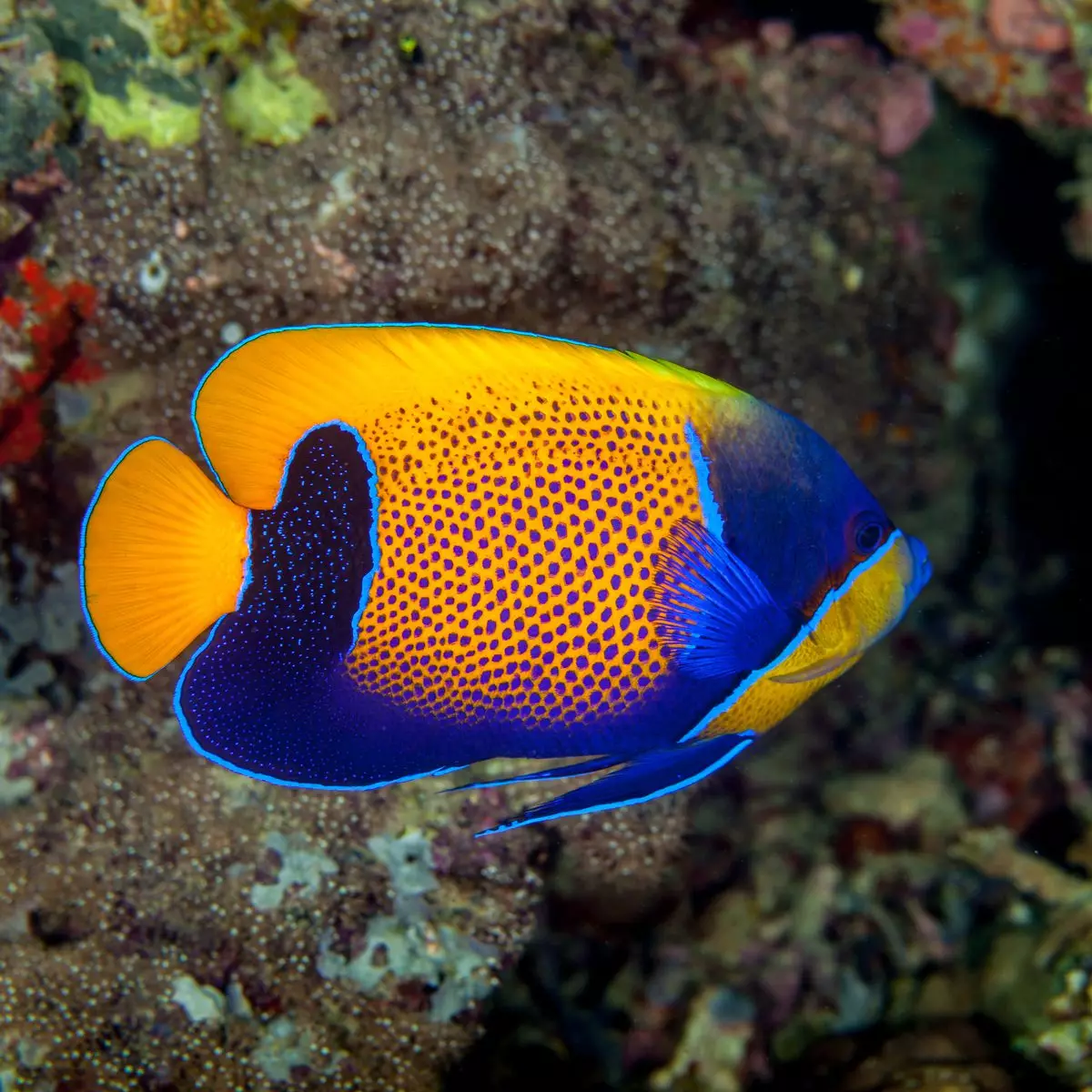
Reviews
There are no reviews yet.